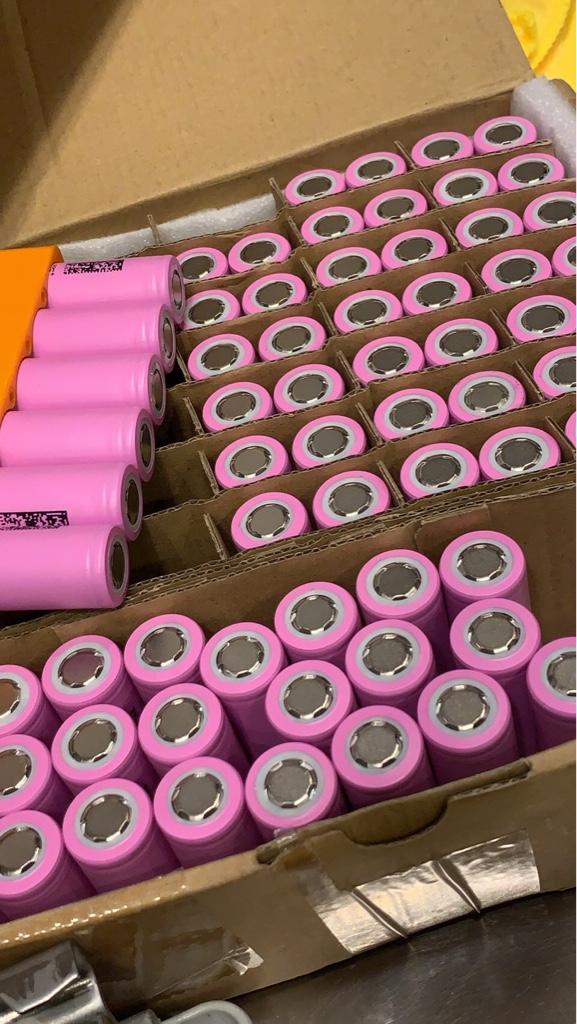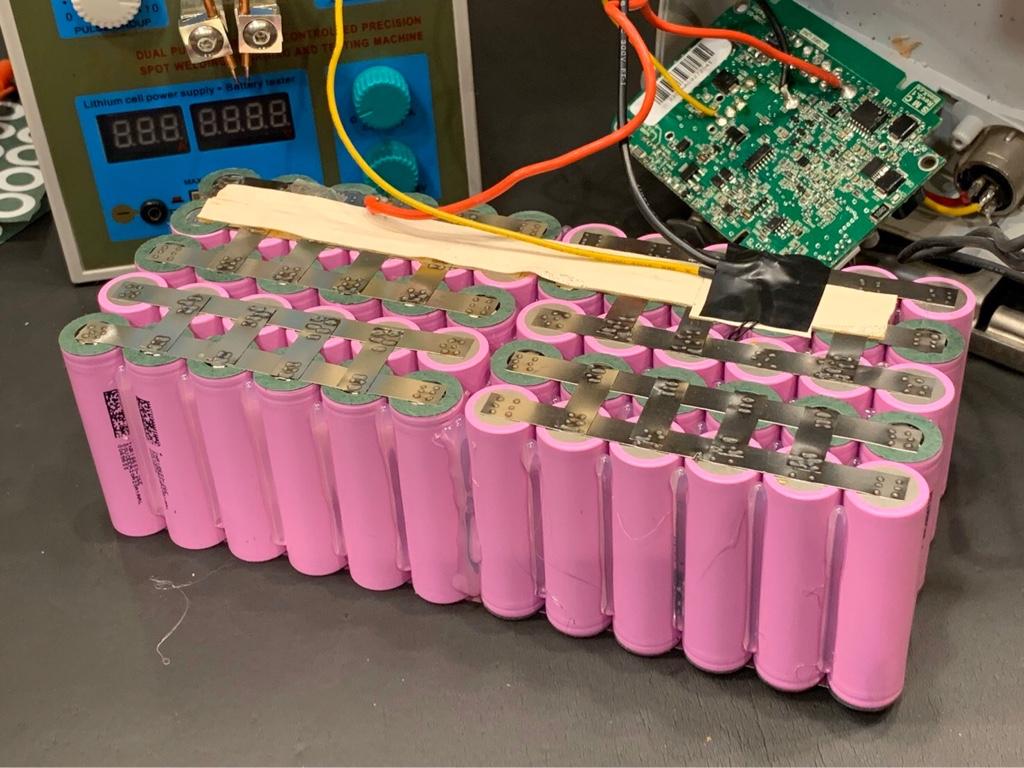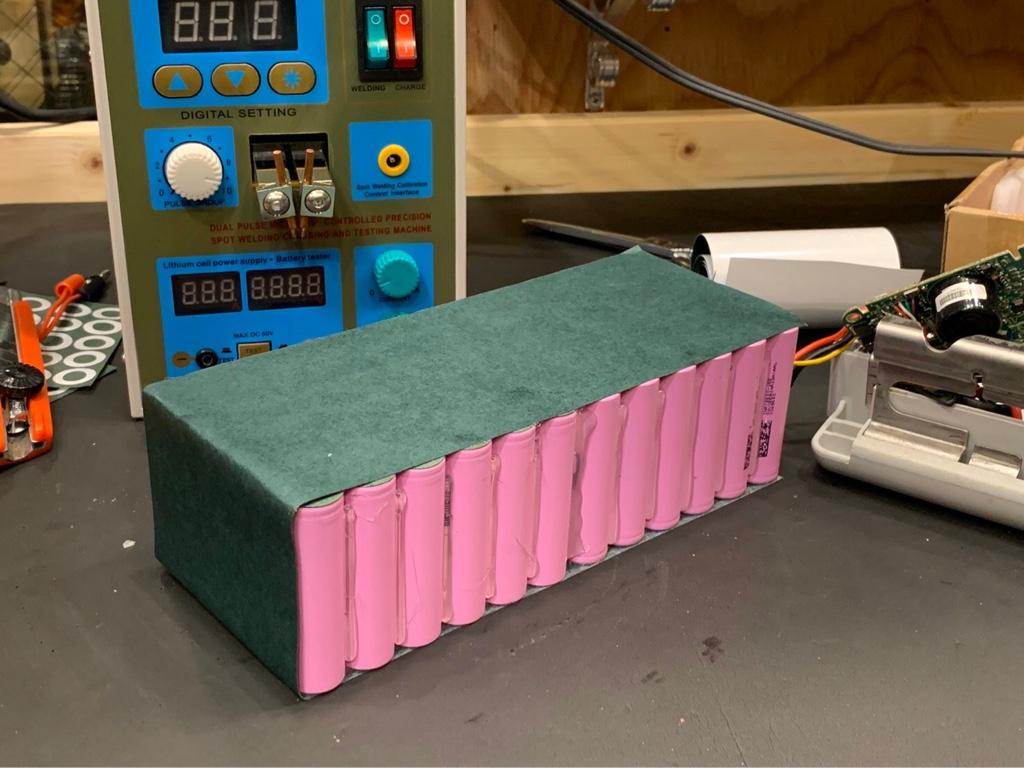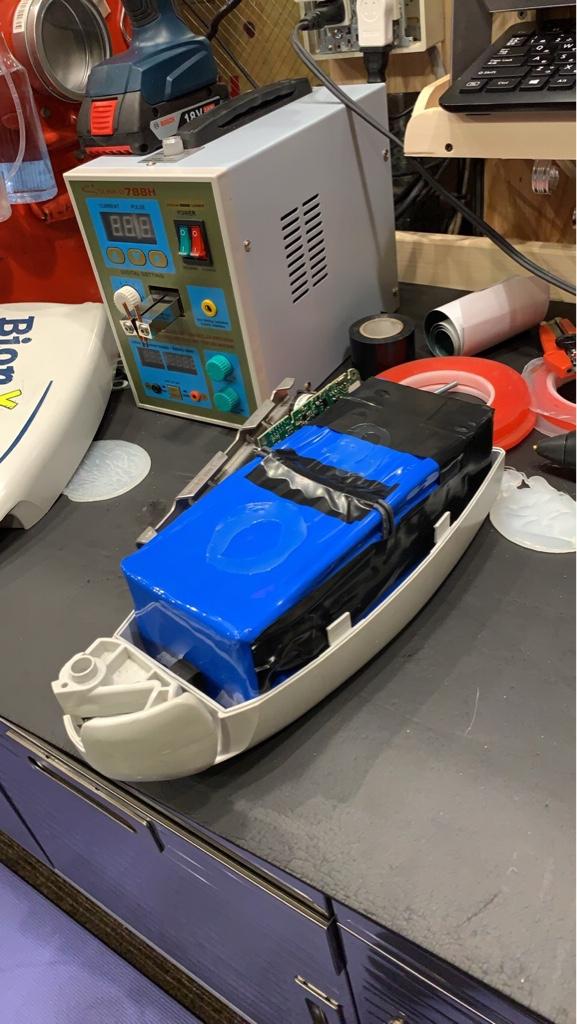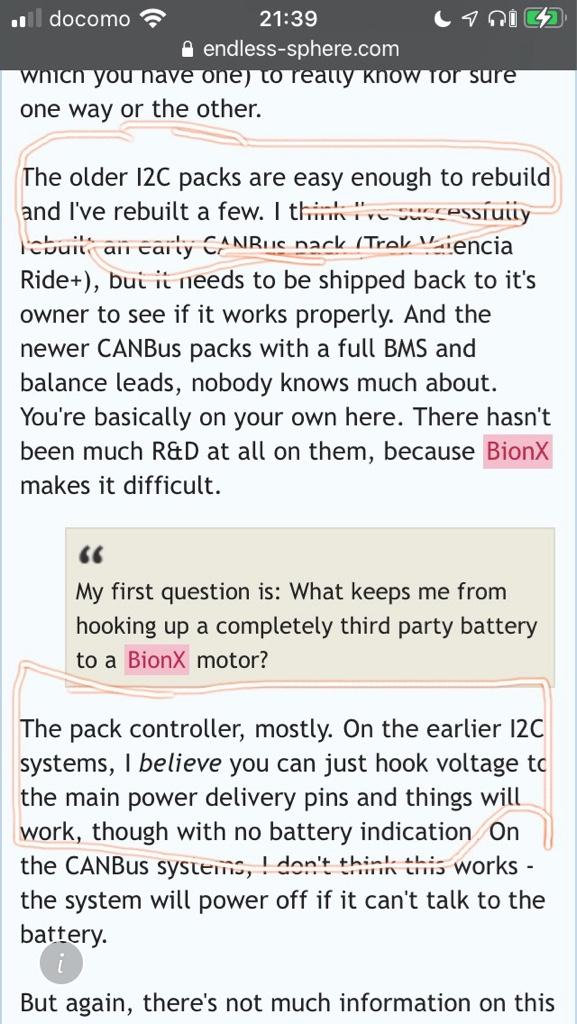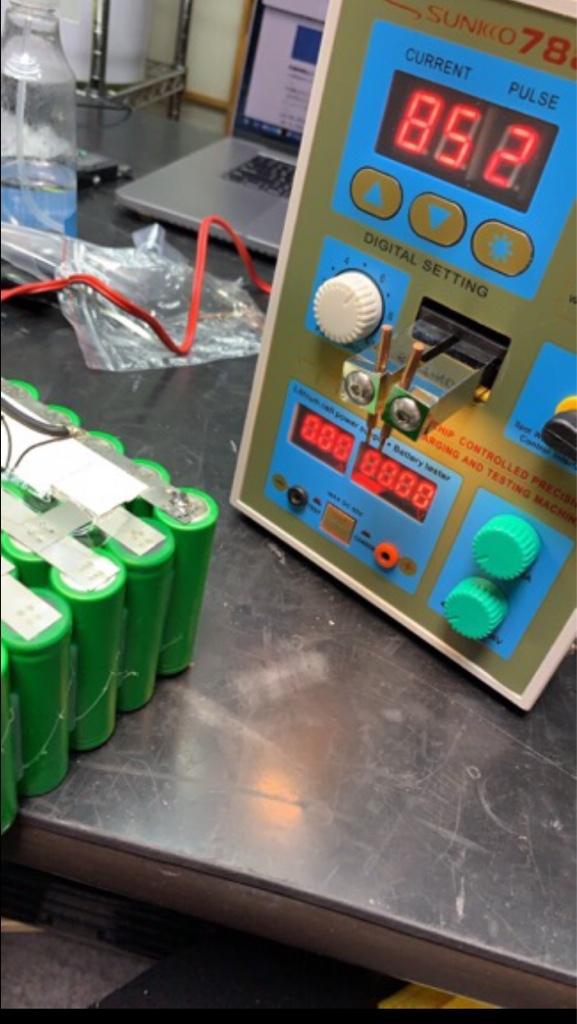joseph.c.williams
10 µW
- Joined
- Feb 16, 2021
- Messages
- 6
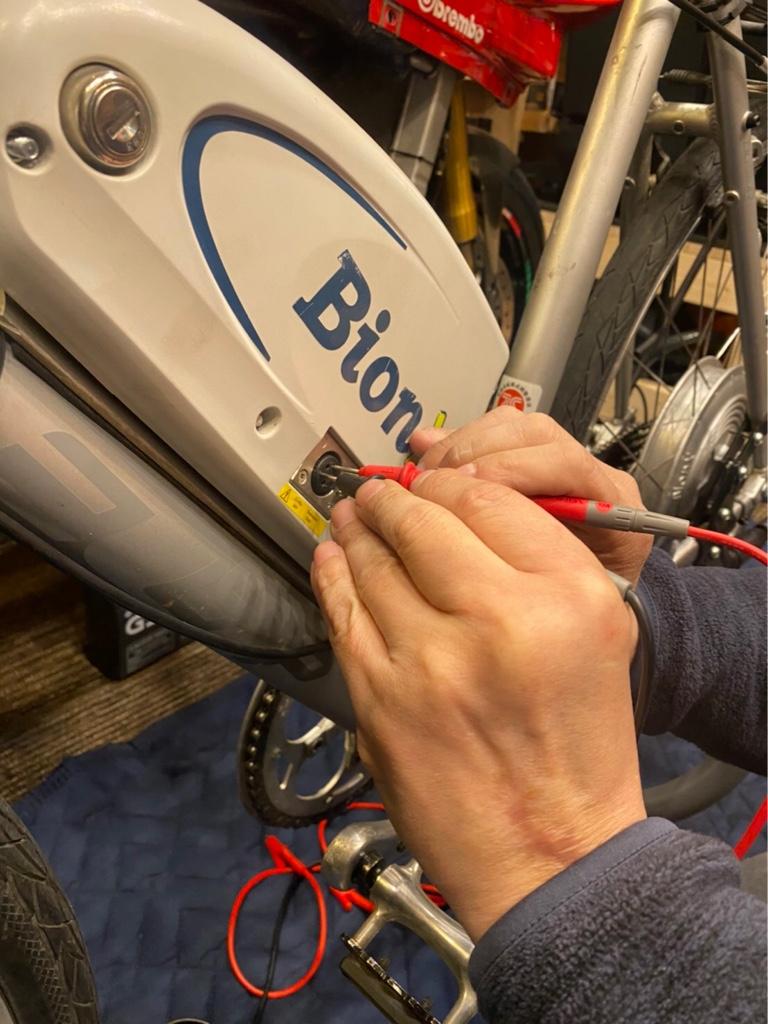
Dear All:
I am an American, but am now located in Japan.
I am trying to repair my late father's BionX bike, which was sent to me here in Tokyo a couple of years ago. I used it for a year but eventually the battery would no longer hold a charge and it never had very great range. It was originally purchased in late 2009, by the way, but my father became ill and it was almost never used. The bike and system has some sentimental value to me, and I would like to repair it by any means.
I went to several repair shops here in Tokyo last summer, but most refused to work on it. After a blotched attempt at looking inside the battery case, the Smart Connect 5.1 chip was broken, as in an actual piece of the chip was broken off as photographed.
Still, I pursued repair and found a shop which claimed that the chip (which I believed to be a BMS, was in fact not broken).
They then proceeded to construct a nee battery, for an agreed on price of about $500 USD.
Unfortunately, the new battery will not start the system.
I believe the reason is the broken Smart Connect 5.1 chip. (The shop claimed that they were able to get the battery to beep using the paper clip trick (I will post a link below) but later said that they could not repeat this when I asked for a video (and strangly they said that it beeped 3 times instead of the 4 times which would correct for this model.
So, I looked up all of the information on where to go from here (looking on this forum and everywhere, and I want to ask advice about how to proceed).
1) Is it possible that I simply discard the "Smart Connect 5.1 chip" and connect the wires directly? I read on a post that the unit would still run in this way, but that the amount of the remaining battery would not be displayed.
2) Is my only option to go the route of opening the motor and removing the BionX electronics then installing a new controller/bms using the original battery case.
3) Is there any way to troubleshoot my system further?
How should I proceed?
Many thanks!!
Joe
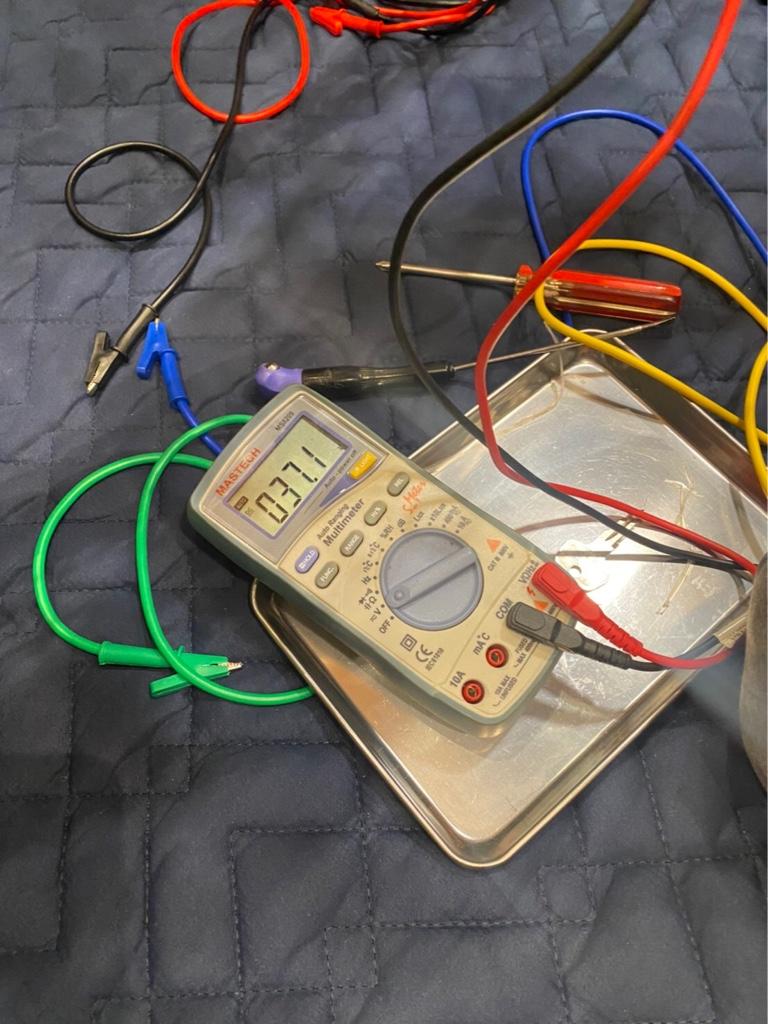
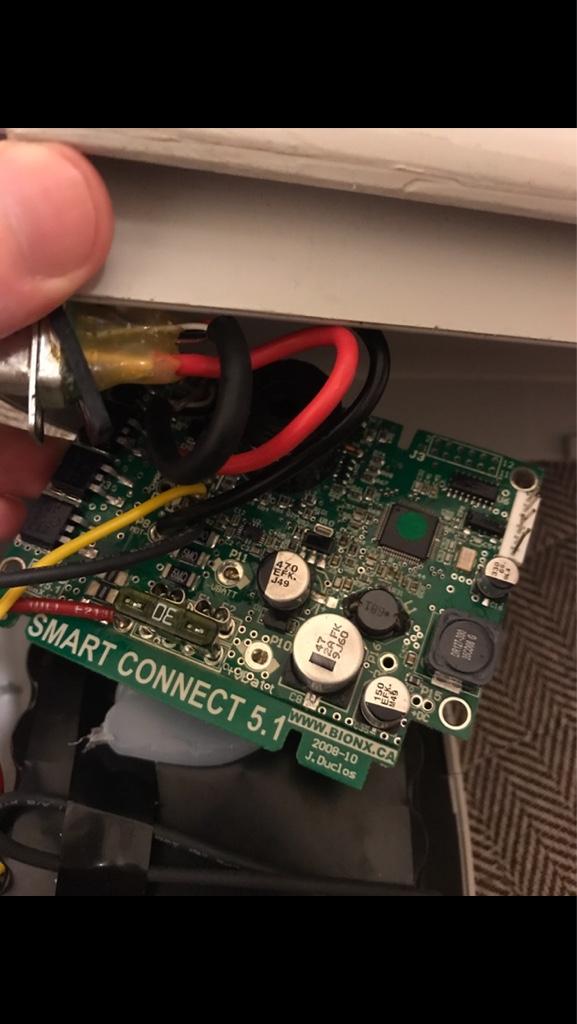
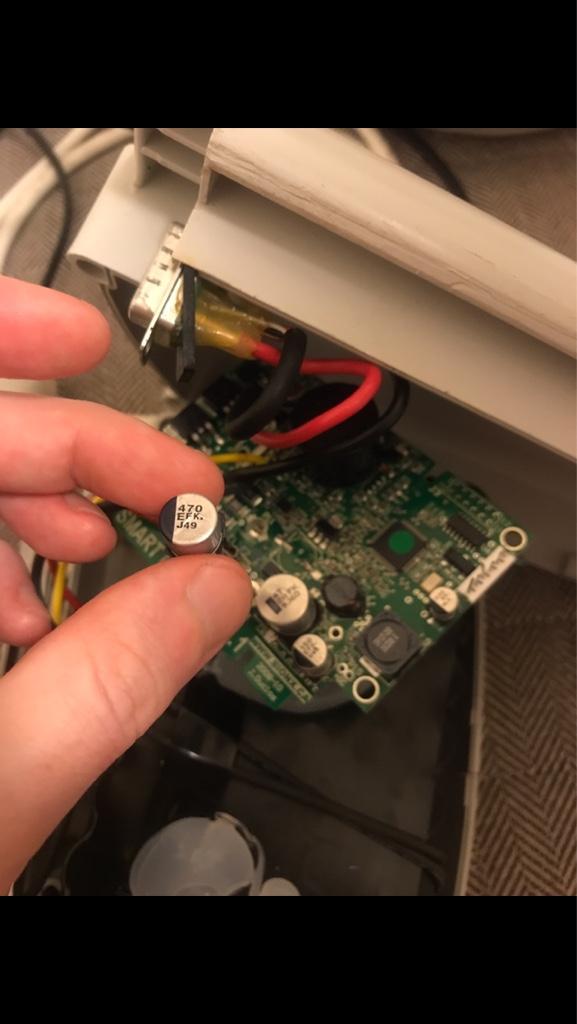
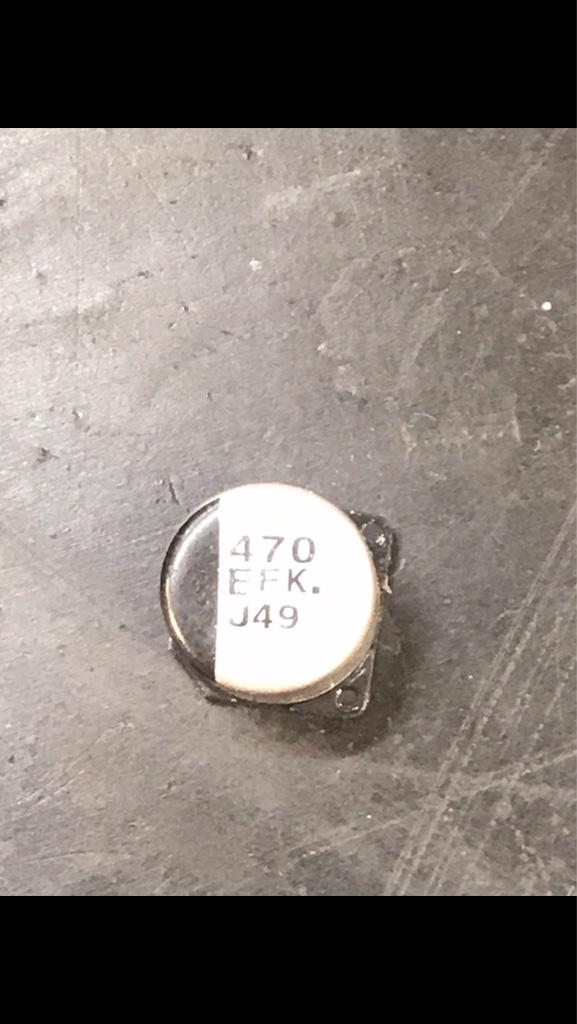
e
